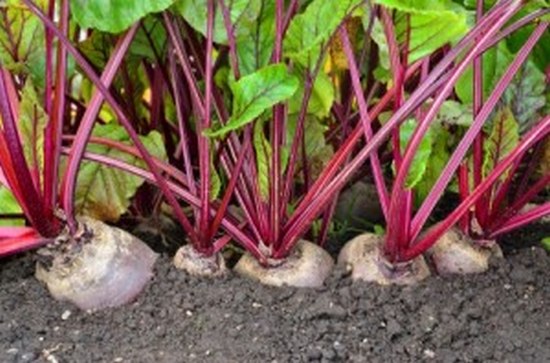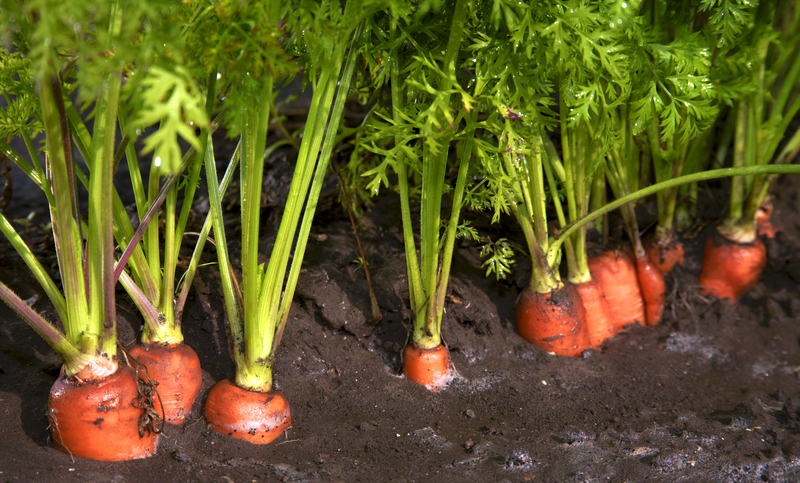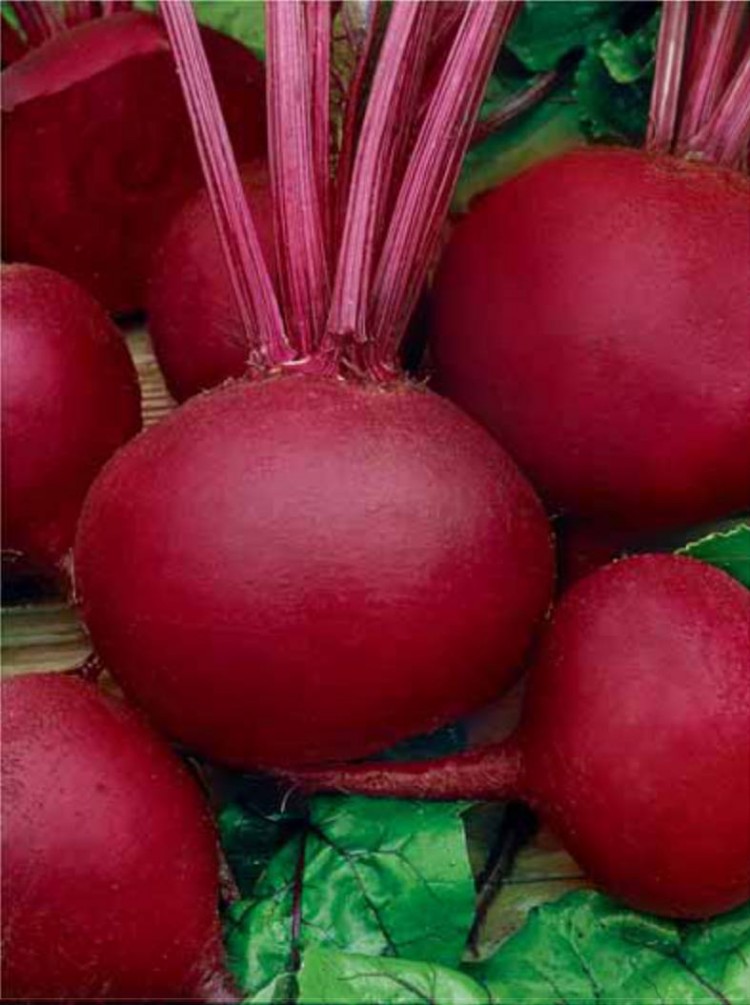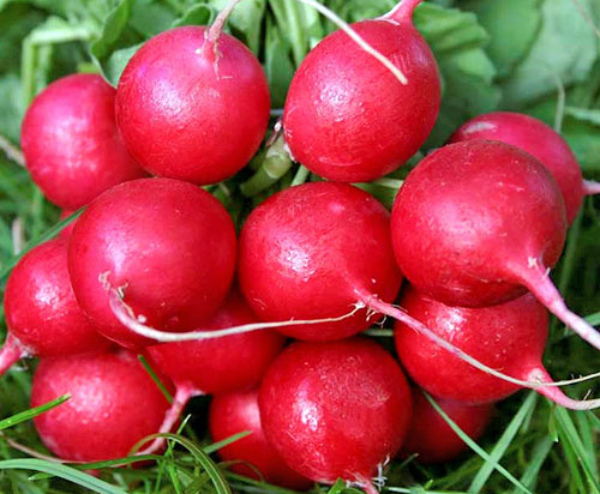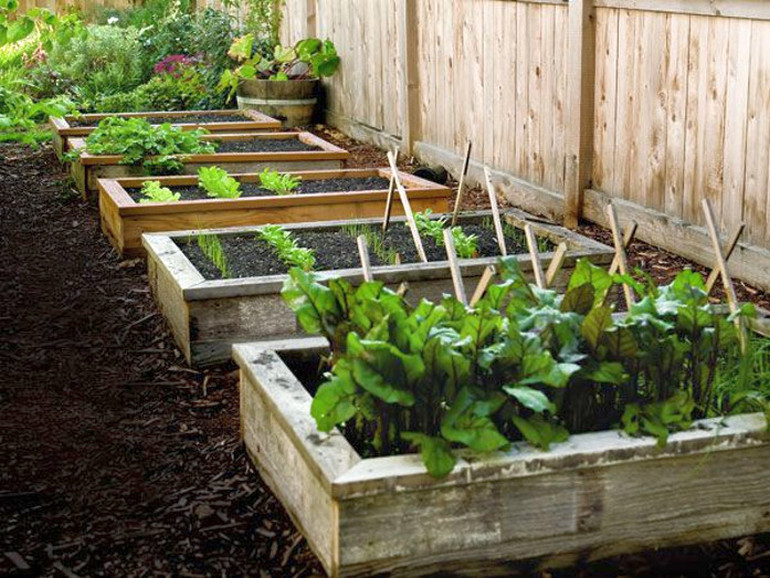Content:
Every gardener dreams of a successful harvest. In order to get large fruits of carrots, radishes and beets, several important sowing rules must be observed.
How to sow radishes correctly
The first thing you need to know about radish is that it loves sunlight and does not like the wind. The sowing bed is prepared in the fall, potassium and phosphorus fertilizers are applied. Nitrogen fertilizers are added in the spring.
A good way to plant radishes is in egg cartons. This method of planting will help to avoid further thinning the seedlings and will provide additional protection from weeds. The bottom of the tray must be cut off to give the roots access to the soil. To prevent the trays from being blown away by the wind, they can be secured with wire.
To make the fruits of the radish juicy, you must remember to water them. At the beginning, one watering per week is enough.
Secrets of planting carrots
Carrots do not like stony soil, in such an environment, the fruits take on ugly forms. It is better to make the beds in bulk, the soil should be soft and fertile. Humus or rotted manure will be a good fertilizer for the soil. In order for the seeds to germinate quickly, they must first be wrapped in a cloth and buried in moist soil for 10 days. During this time, the seeds will swell and the first shoots will appear in less than a week after planting. Before emergence, carrots do not need watering. Ash is ideal for feeding carrots; it contains a maximum of nutrients for growing large fruits.
Beet planting rules
The garden in which the beets are planned to be planted is prepared in advance, in the fall. The bed is first dug up, and then fertilized with phosphorus and potassium fertilizers. With the arrival of spring, the bed is dug up again and nitrogen fertilizers are introduced into it. Large and sweet fruits are obtained if you thin out the beets several times. This is necessary due to the fact that the beet seeds are tied together into glomeruli and after planting in one place several shoots appear at once. Initially, beets are sown frequently and thinned out after the first leaves appear. Watering must be carried out, before the appearance of dense strong tops, for about the entire first half of the summer. Ash and compost are added to the soil before planting. A salt solution in August will help add sweetness to the beets. It is important to know that beets cannot stand shade.
General rules for planting root crops
All root crops love fertile, loose soil. Before planting, it must be dug up and fertilized. Also, the soil should be slightly acidic or neutral; wood ash is added to the soil to reduce acidity. The acidity of the soil should be checked every few years.
It is better not to plant root crops in the same soil for several years in a row, it is necessary to alternate planting with other plants. Cucumbers are the ideal precursor to root vegetables.
Fresh manure is a bad idea for all root vegetables except potatoes. For the rest of the root crops, rotted manure will be ideal.
Root crops cannot tolerate shade, so the beds should be on the sunny side of the garden.


